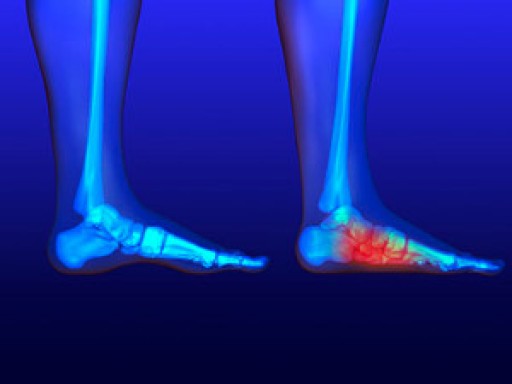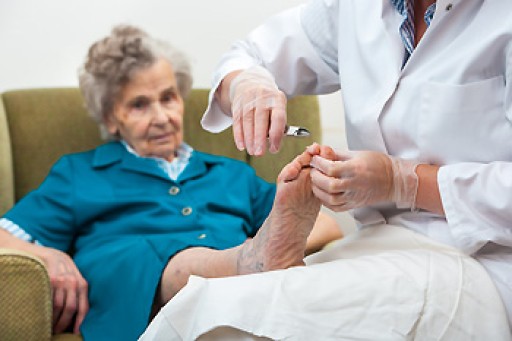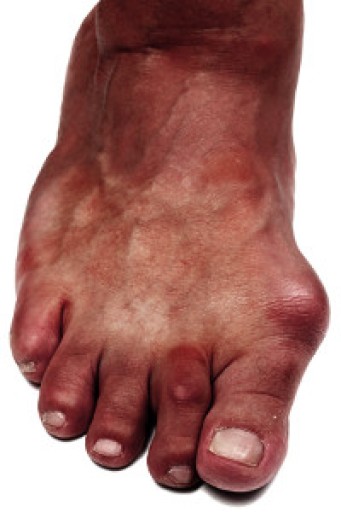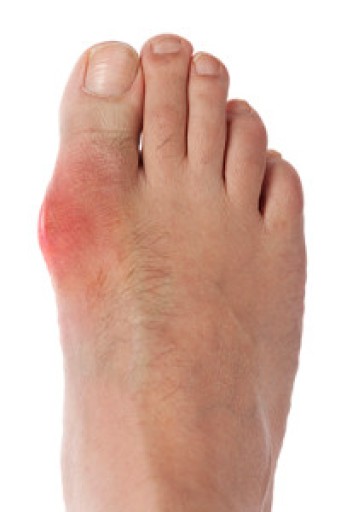 Fallen arches, or flat feet, is a condition in which the arch is absent from the foot. It’s typically noticeable while standing, and the feet may roll inward as a result of the non-existent arch. People with this condition may find that their shoes wear unevenly, and this may be more prevalent on one side. Pain in the arch of the foot or inner side of the ankle may often be felt with flat feet, and in more severe cases, swelling may occur. The purpose of the arch is to distribute body weight across the feet, and having fallen arches may prevent this from occurring. There are several causes of this condition, including family history, incurring a foot or ankle injury, or arthritis. If severe pain and discomfort are hindering your daily activities, it’s suggested to consult with a podiatrist to allow for proper diagnosis and effective treatment.
Fallen arches, or flat feet, is a condition in which the arch is absent from the foot. It’s typically noticeable while standing, and the feet may roll inward as a result of the non-existent arch. People with this condition may find that their shoes wear unevenly, and this may be more prevalent on one side. Pain in the arch of the foot or inner side of the ankle may often be felt with flat feet, and in more severe cases, swelling may occur. The purpose of the arch is to distribute body weight across the feet, and having fallen arches may prevent this from occurring. There are several causes of this condition, including family history, incurring a foot or ankle injury, or arthritis. If severe pain and discomfort are hindering your daily activities, it’s suggested to consult with a podiatrist to allow for proper diagnosis and effective treatment.
Flatfoot is a condition many people suffer from. If you have flat feet, contact one of our podiatrists from Canonsburg Podiatry Associates. Our doctors will treat your foot and ankle needs.
What Are Flat Feet?
Flatfoot is a condition in which the arch of the foot is depressed and the sole of the foot is almost completely in contact with the ground. About 20-30% of the population generally has flat feet because their arches never formed during growth.
Conditions & Problems:
Having flat feet makes it difficult to run or walk because of the stress placed on the ankles.
Alignment – The general alignment of your legs can be disrupted, because the ankles move inward which can cause major discomfort.
Knees – If you have complications with your knees, flat feet can be a contributor to arthritis in that area.
Symptoms
- Pain around the heel or arch area
- Trouble standing on the tip toe
- Swelling around the inside of the ankle
- Flat look to one or both feet
- Having your shoes feel uneven when worn
Treatment
If you are experiencing pain and stress on the foot you may weaken the posterior tibial tendon, which runs around the inside of the ankle.
If you have any questions please feel free to contact our office located in Canonsburg and McMurray, PA . We offer the newest diagnostic and treatment technologies for all your foot and ankle needs.









